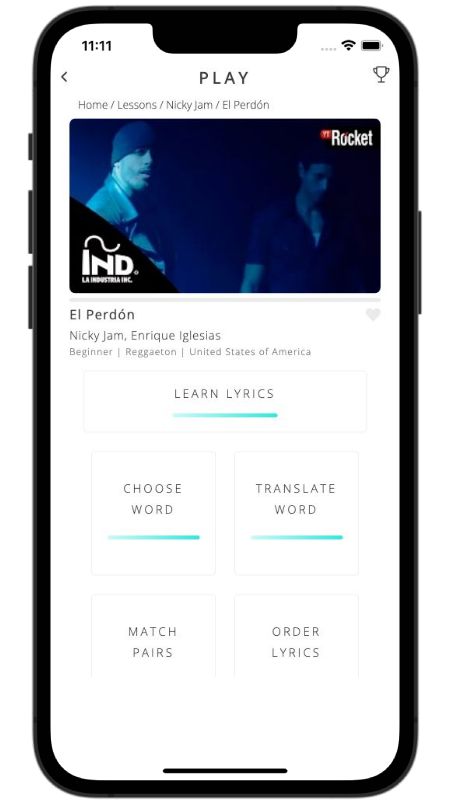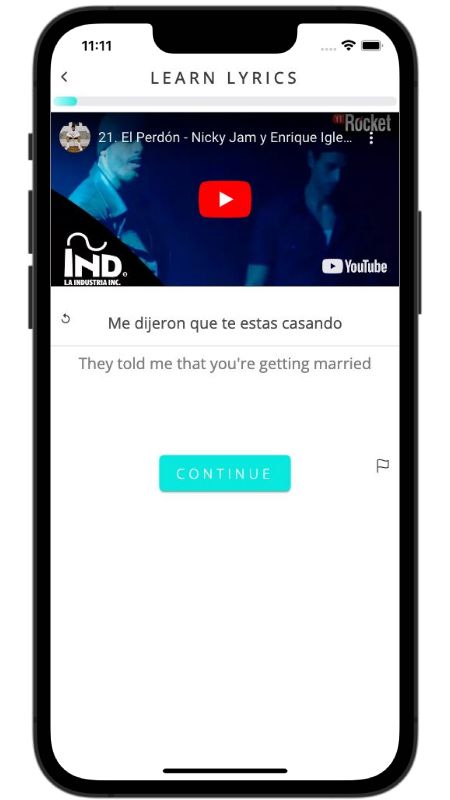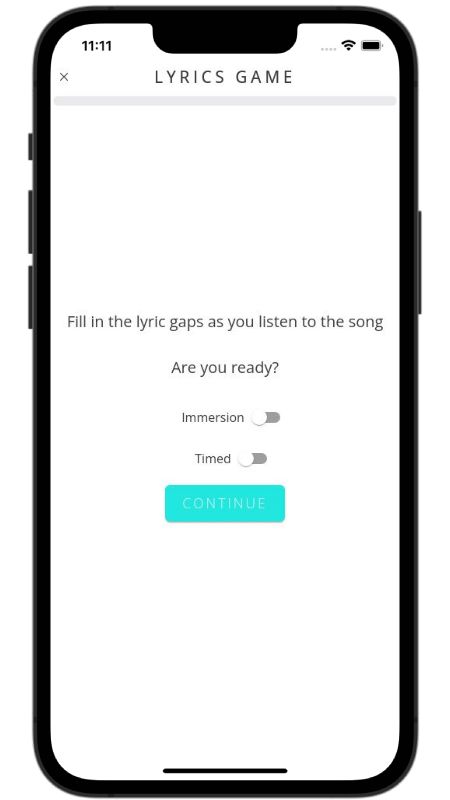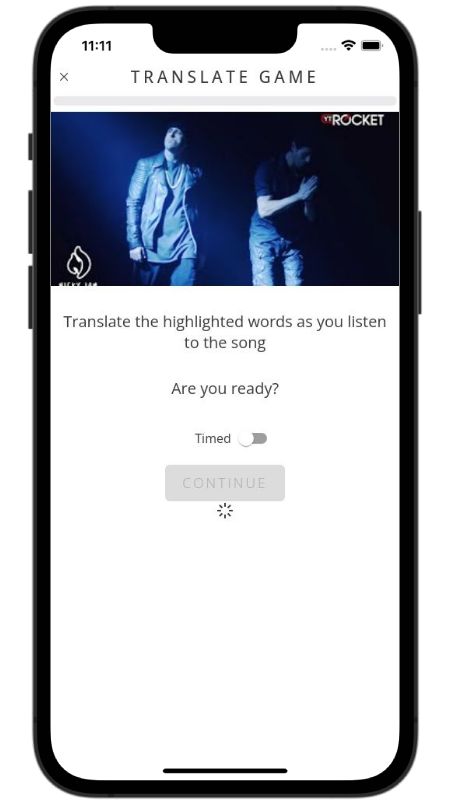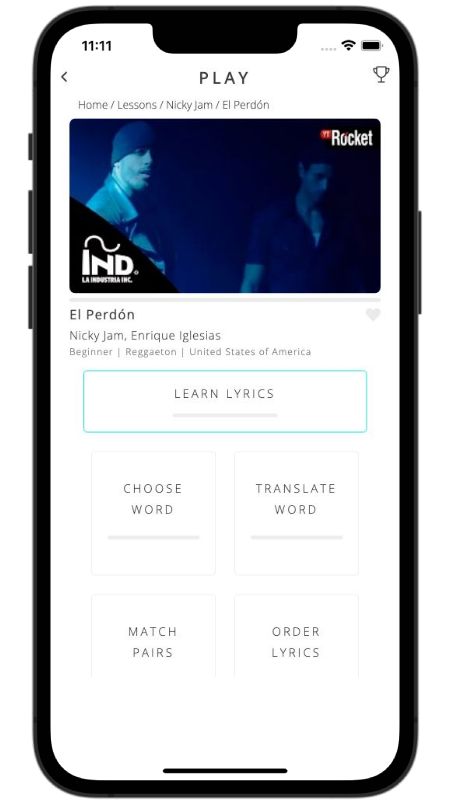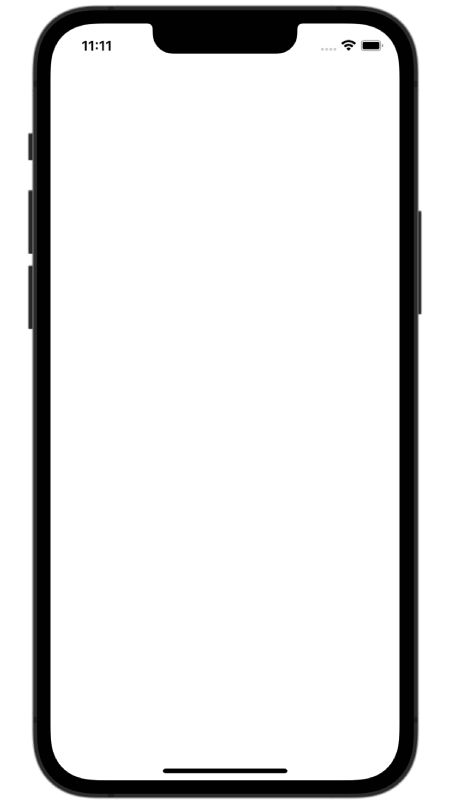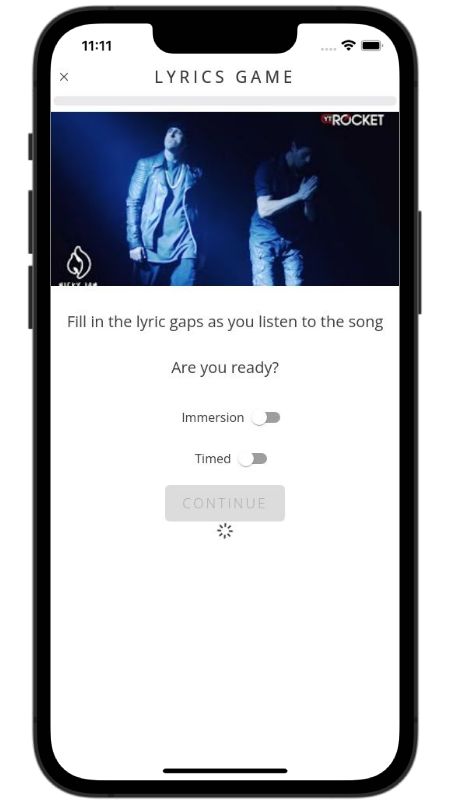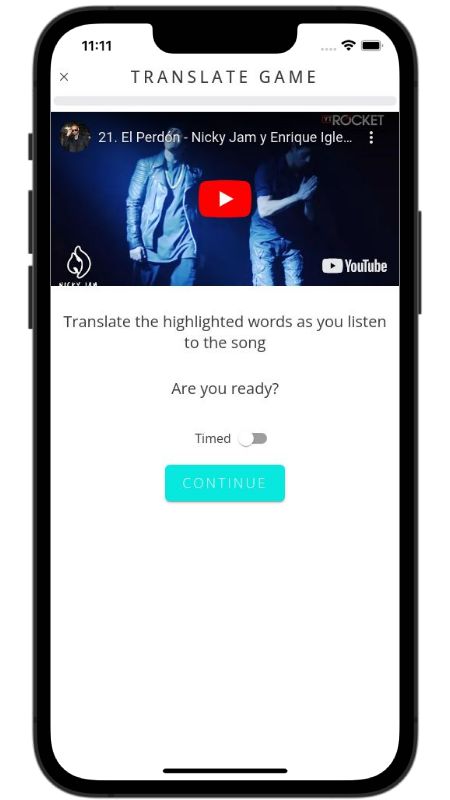Al Vacío Lyrics in English No te va Gustar
Below, I translated the lyrics of the song Al Vacío by No te va Gustar from Spanish to English.
Verse 1
Everything seems to be
Wanting to close a wound
Far from giving up
Close to a goodbye
Bridge
I don't want anymore
See you go by
I just want to sit and wait
Verse 2
They went to kill him
And they left him alive
Without suspecting
That he still breathes
Chorus 1
I don't want anymore
See you go by
I just want to sit and wait
That you jump into the void and that you never come back
And that guilt kills you all your life
For having stolen a part of my soul
And that's what you need
To get away from here
Verse 3
You want to teach
But you lack ideas
You know how to point
But wait for them to see you
Chorus 2
I don't want anymore
See you go by
I just want to sit and wait
And pray that you jump into the void and that you never come back
And that guilt kills you all your life
For having stolen a part of my soul
And that's what you need
That you jump into the void and that you never come back
And that guilt kills you all your life
For having stolen a part of my soul
And that's what you need
To get away from here
To get away from here
Lyrics and Translations Licensed & Provided by LyricFind
Did you like these lyrics?
Did you know?
In addition to reading lyric translations, you can now learn Spanish with music and lyrics from your favorite artists.
No more boring lessons. You can now learn with engaging and culturally relevant lyrics from the best artists.
Apple and App Store are trademarks of Apple Inc.
Google Play and the Google Play logo are trademarks of Google LLC.
